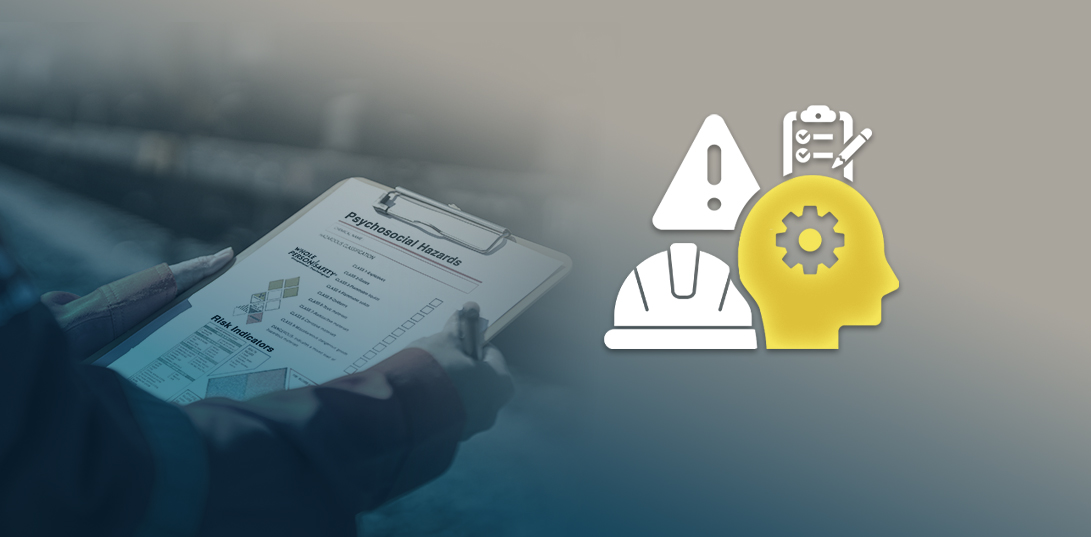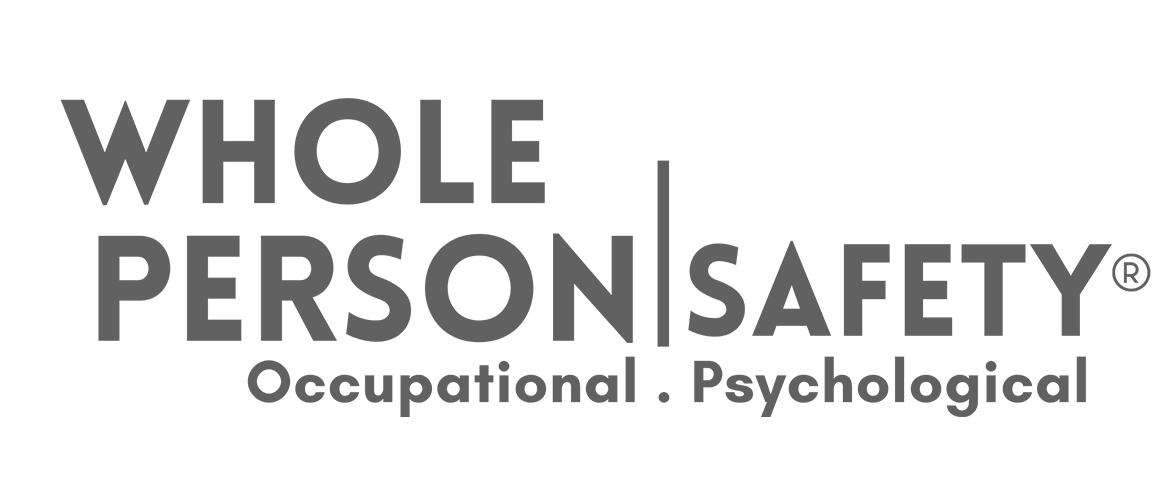There’s a moment every leader knows too well. Something happens, someone challenges you, a decision backfires, a mistake gets exposed, or someone simply gives you feedback you didn’t ask for and BOOM!
It hits a NERVE.
That inner jolt, that rush of heat, sweat, from that super spike of emotional charge and just like that, the instinct to defend, retreat, justify, or lash out happens on autopilot. You witness it all unfolding, and voilà, regret kicks in.
As an Executive Coach, Trainer, and Consultant, I may have the training and experience to guide my clients through these moments, yet every once in a while, my brain forgets who I am and all the tools I have. Unfortunately, I am often harder on myself because of the belief: “I should be past this by now!”
THOSE TRIGGERS!!! When our triggers are activated, it’s not logic that responds first it’s memory. Something in the present reactivates something from the past and in that split second, your leadership gets hijacked by a story you might not even realize you’re still carrying.
This Is the Real Work of Leadership
We spend so much time trying to appear composed, decisive, and “in control.” But leadership isn’t just about what you say when you’re prepared, it’s about what you do when you’re triggered.
I’m currently leading our Accountability Intensive, which is our expert-led version of the self-paced Certified Accountability Leadership Program, and every time I train and develop leaders, I retrain myself. I learn something new every time and expand my capacity to understand that when triggers appear, my integrity is on the line. Not my image or title, my alignment with who I say I am, and how I choose to respond when my emotional brain takes over.
The Brain Doesn’t Care About Your Job Title
When something hits a nerve, your brain isn’t thinking like a leader, it’s reacting like a protector.
The amygdala activates, cortisol surges and your nervous system prepares for threat. Suddenly, you’re not speaking to the reality of what’s happening in front of you, you’re reacting to everything that happened in your past.
In our first three live training sessions, we explored:
-
- The Neuroscience of Integrity
- The Neurobiology of Holding Others Accountable
- The Cost of Control on Accountability and the consequences of failing to transfer ownership effectively
Here’s the Hard Truth
You WILL be triggered.
We never truly outgrow the pain from our past. What remains is what we’ve yet to reframe with a new perspective or context or release through personal psychological work. Until that happens, your buttons will be pushed, and certain people, places, and moments will irritate something within you.
As your leadership and accountability grow, those NERVES will be HIT and may even occur like they are hit harder. In leadership roles, we have less space to make error, so the stakes are higher.
What matters is what you do next.
The good news is: you’re human and we all have the same opportunity to use our free will to choose how we respect, react, and reflect.
As part of our tools in the program, we provide diagnostic methods to support leaders in resisting the default behaviors of shutting down, deflecting and blaming. Those familiar patterns are inevitable, but what can be predictable is practicing methods to support and mitigate risks from those automatic destructive responses.
Just like we use tools to build homes, vehicles, and technology, we have tools in our cognitive toolkit to apply in these very moments.
One of the most important practices I share with my students, clients, and coachees is a prompt. Hearing my voice saying “PAUSE” in a firm tone. This is called a positive interruption.
I quickly interrupt the behavior or communication pattern by simply saying, “Pause.” Sometimes it takes a few attempts, but it disrupts the brain’s automatic protective response that often shows up as defensiveness, shutting down, or talking over.
The prompt of saying “Pause” firmly creates a disruption that stops what is happening in the moment to create space.
This process is built on a coaching technique I created called:
Stop, Drop, Pause.
STOP the immediate upset. (the interruption recalibrates ability to transition into logical thinking abilities)
Drop the point of view. (often fixed and driven by negative emotions)
Pause to reflect. (reflection and self awareness drives responsibility and accountability, giving an opportunity to return to personal commitment)
This helps us assess what’s really happening, identify the old story being reactivated, and consider what might be impacted if we allow our current emotional state to take the lead.
Three Steps to Lead Through the Trigger, Not From It
If you’re committed to leading with accountability and integrity, here are three foundational steps to help you respond and not react when something hits a nerve:
1. Name the Activation Before It Names You
When a strong emotion arises, pause and label it. Is it anger? Shame? Guilt? Fear? (name the emotion)
Naming the emotion creates cognitive DISTANCE between you and the trigger. It signals to your brain that YOU are in charge, not the story behind the emotion. Unnamed emotions become unconscious behaviors. Naming is the first act of accountability and getting your power back.
2. Locate the Story, Not Just the Situation
Ask yourself:
- What does this moment remind me of?
- When else have I felt this?
- What fear is sitting underneath this reaction?
You’re rarely reacting to the present, you’re responding to something familiar from the past.
You can’t lead through the now if you’re trapped in the then.
3. Return to Alignment Before You Take Action
Pause. Breathe. Ask:
- Who do I choose to be in this moment?
- What does integrity look like here, regardless of how I feel?
Then speak or act from that place and not from emotion, but from commitment. Leadership without emotional self-regulation is reactive authority. Accountability lives in aligned action with your values.
Accountability Begins Where the Nerve Hits
In a world that asks leaders to perform rather than transform, it takes courage to lead from the place that hurts. To stay present when your instinct is to protect. To keep listening when your ego wants to walk away. And to own the moment instead of outsourcing the blame.
Leadership is a choice and with that choice comes the responsibility to lead through discomfort.
True leadership takes courage, and it lives in the power of awareness and the decision to become the example for others.
To learn more about the tools that can shift your triggers into transformative leadership behaviours and your Executive or leadership coaching needs contact me directly [email protected] or if you would like more information about our globally accredited Certification Accountability Leadership program for you and your organization, visit us at: https://teamsynerg.com/accountability_leadership_specialist/









